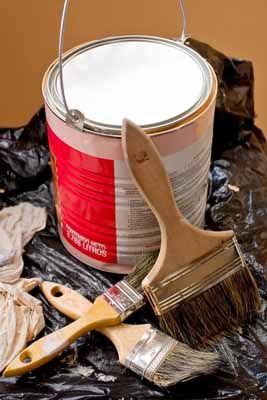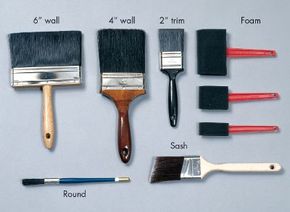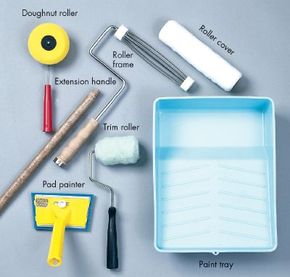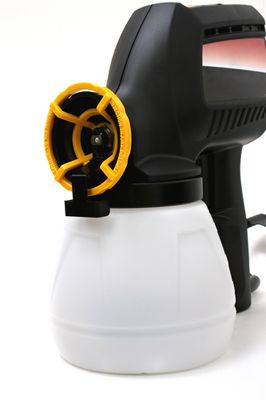You can spend weeks, even months, poring over paint chips, trying to find the perfect shade to liven up your home. However, if you don't have the proper house painting tools, you're only halfway done.
The previews at the bottom of this page will take you to articles that will show you the different house painting tools available, and help you to choose the right one by answering key questions. What kind of material are you painting? How big an area to you need to cover? How much time do you want to spend painting? When you know your considerations, you'll quickly find the right painting tool for the job at hand.
Advertisement
When the time comes to dip into the paint, you'll most likely choosing among these house painting tools:
Whether you're painting an entire wall or looking to create some fine details, you should find what you're after on this list.
For large, flat surface, this is a tool that is efficient and easy to use.
They're a little bulkier and a little more difficult to use, but to deliver the greatest amount of paint in the shortest amount of time, these are the way to go.
For more painting and home improvement information, see:
- Room Painting Techniques: Brush up on how to use your painting tools properly.
- Interior Paints: Find out which paint is best to use for your inside painting job.
- Exterior Paints: If you're painting the outside of your house, see this guide to exterior paints.
- House Painting: For all things related to improving your home with paint, visit this page.
- Home Improvement: After you're done painting, learn how you can make other fixes in all parts of your home.
Advertisement



